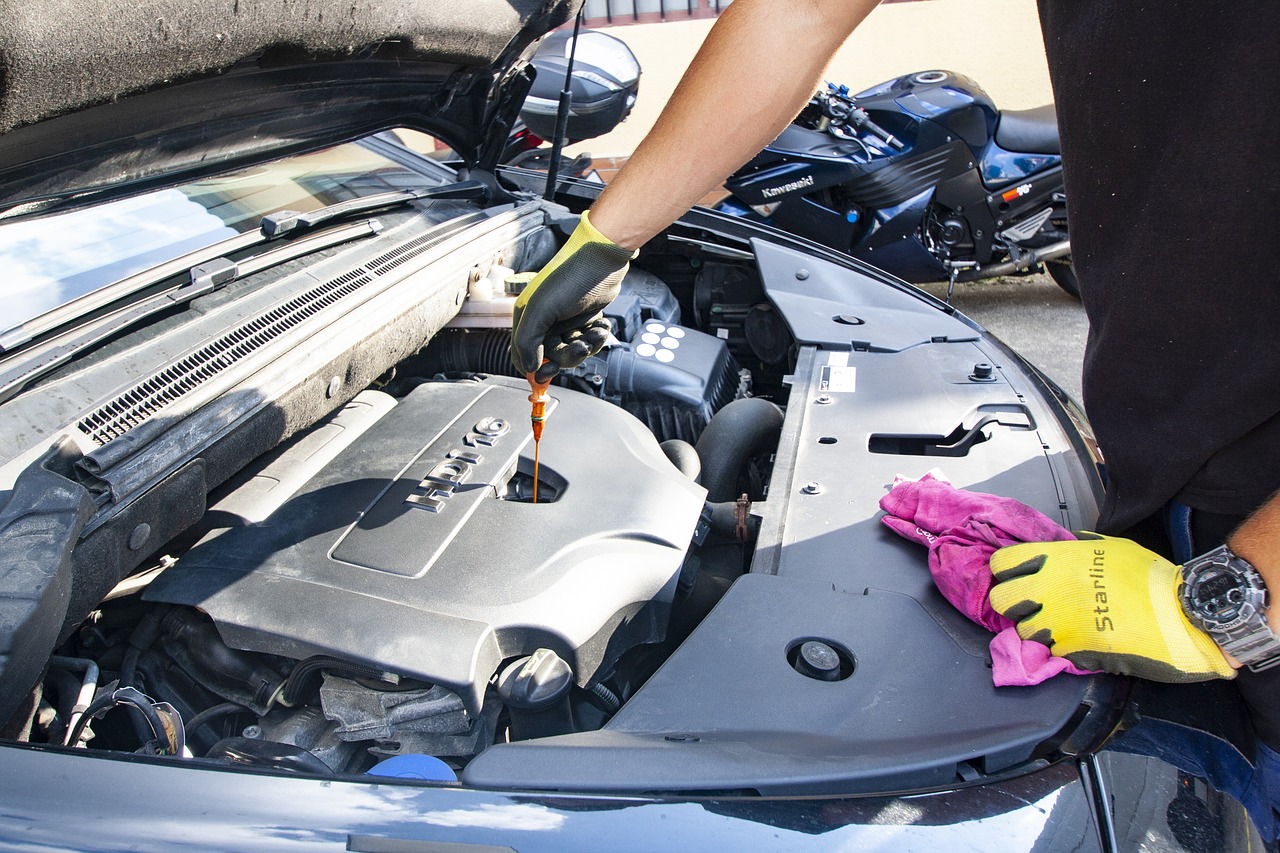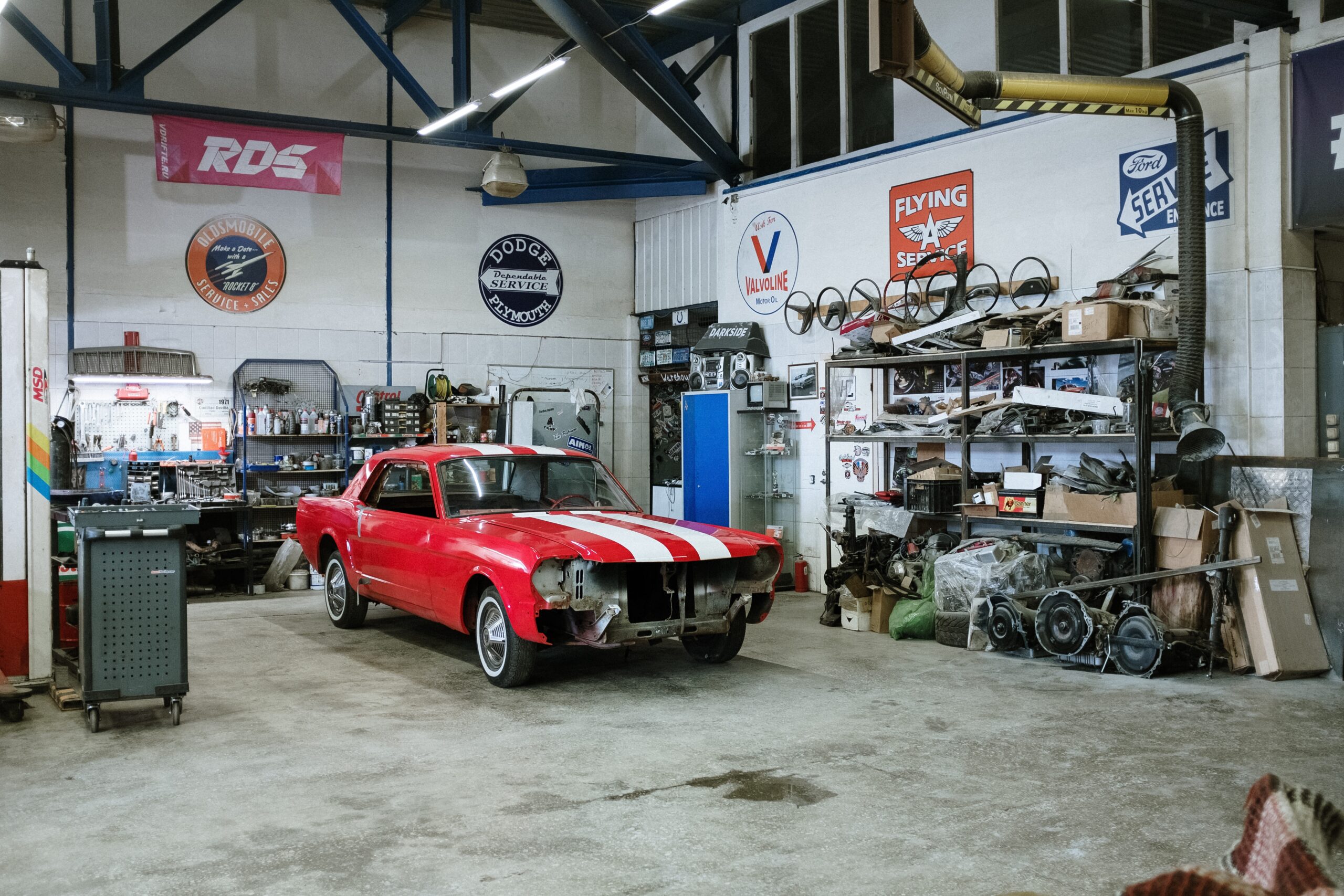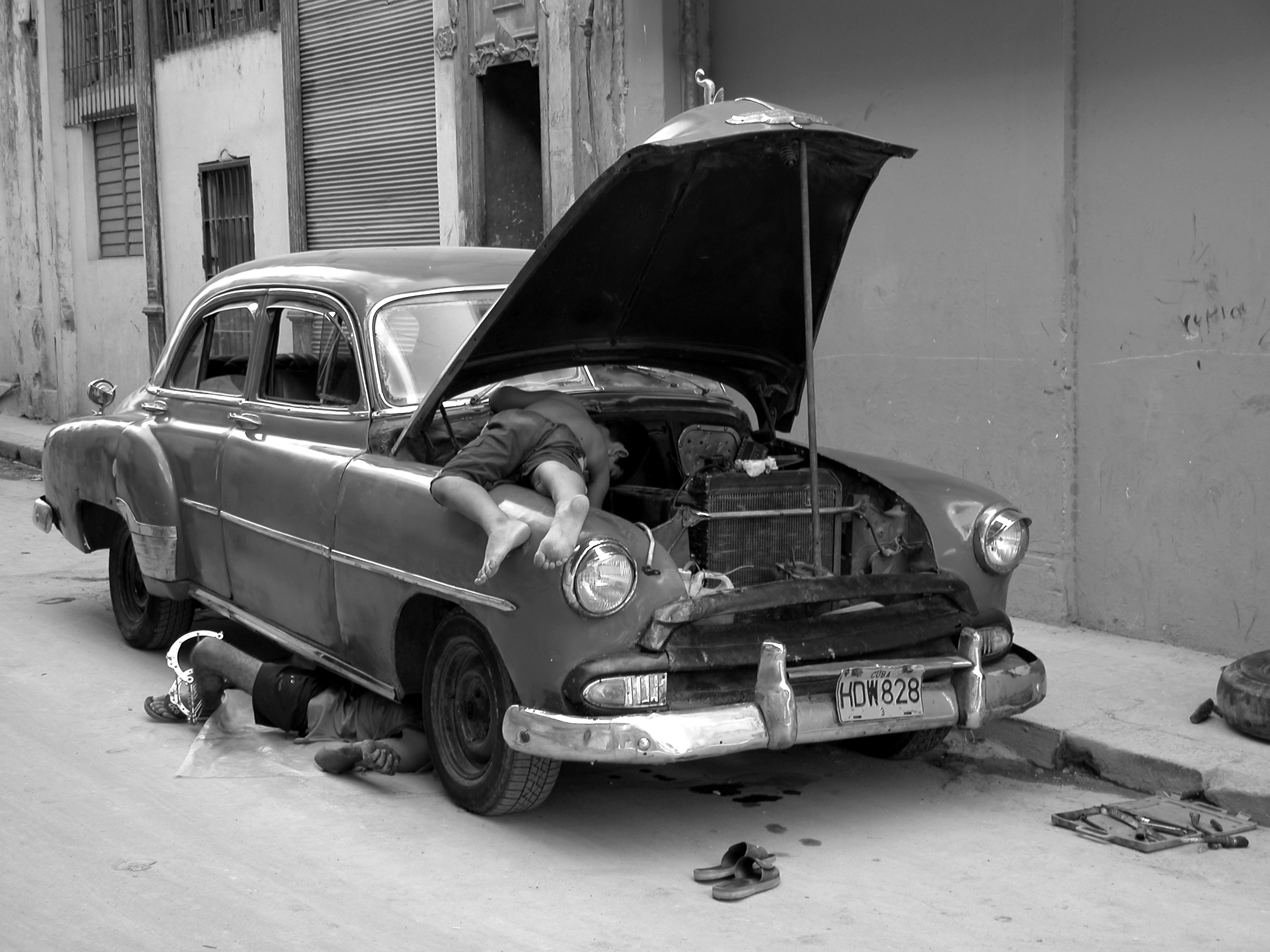Starting problems? Top 9 reasons why your car does not start

Cars fail to start faster than they used to because of various reasons. It is a common symptom associated with various problems within your engine. But one thing to be glad about is that these problems are repairable.
However, it might be challenging to diagnose for inexperienced individuals who have not been around cars long enough to know the cause of the problem when they see it. You might be having a faulty engine component, which may need replacing. In this case, it is wise to buy original (OEM) second-hand parts from autoparts24.com. Here, you will get authentic parts suited for your type of vehicle.
Read more: What’s that smell from my car? Top causes and cures
Top 9 reasons why your car will not start
1. Faulty ignition switch
The purpose of the ignition switch is to send signals to the battery. These signals tell the battery to start the engine. Similar to any other electrical component in your vehicle, the ignition switch might malfunction due to overheating.
If you have a malfunctioning ignition switch, your car will not start even after turning the key. Hence, it is essential to keep a close eye on the dashboard light and observe whether they turn on and off as intended. When the switch malfunctions, the engine keeps cranking, and the lights stay off.
2. Defective starter
The starter is a small motor that gets its electrical current from the battery to start the engine. If a starter breaks down, the most common symptom is that you will hear a clicking sound when turning the ignition key.
On other occasions, the problem might be loose connections; thus, your car will not start. The best solution is getting another starter from car breakers and installing it. However, the easiest solution might be jumpstarting your car. But this has no guarantee of working.
3. Dead battery
This might be the most obvious cause why your engine will not start. When was the last time you had a battery change? The battery is crucial because it supplies electric power to all the vehicle’s electrical components. Some of these components are the door locks, lights and the radio.
If you leave the lights on for too long, this will deplete the battery’s juice. In addition, if there is an electrical problem, this will drain the battery completely. However, batteries can also fail due to age.
The easiest way to know that your battery is failing is to note if the dashboard lights turn on when you turn the key in the ignition. If they do not, then you need to replace the battery.
4. Damaged spark plug
The spark plug ignites the compressed fuel mixture for the car to start and go. However, spark plugs often overheat, suffer mechanical damage, or get dirty from dust or debris. If this happens, then they will not function as they should. If they do not function, that means the engine will not start.
Lucky for you, if spark plugs are the issue, they are easy to purchase and replace.
5. Error in the fuel pump
Fuel is what powers the car. If your vehicle does not pump it, then it will not start. This is often caused by the lack of pressure resulting from wear and tear or blockage within the fuel lines. In addition, when you let your fuel tank run dry, your fuel pump will age rapidly.
Furthermore, the lack of frequent maintenance plays a role in fuel pump failure.
However, some signs indicate that the fuel pump is failing; they include the engine jerking at high speeds and an abrupt loss of power. You may also experience a reduced fuel economy.
6. Blocked fuel filter
If the fuel filter is clogged, the fuel does not have a clear pathway, and it will therefore not reach the engine consistently. Your car will thus have trouble burning the fuel that it needs to move.
It is crucial to note that you should change the fuel filters after 15,000 to 20,000 kilometres. It is, therefore, a great idea to swap the fuel filters the next time you get the car serviced.
7. The gas tank might be empty.
This might be too obvious, and you may feel a bit silly knowing your car is not starting because the reserve has no fuel. However, this is a common occurrence, especially when you drive all the time. You may forget to get a refill.
Therefore, it would be best to get a refill to be on your way. Nonetheless, if you get more gas and your car still does not start, then you may have a faulty fuel pump or clogged fuel filter. Have a professional check it out.
8. The alternator might be defective.
If you ignite the car, but the interior light starts bright but eventually dims, the alternator might be defective. Furthermore, you may see the battery symbol on the dashboard or notice a burning smell. These are signs that the alternator is faulty and needs checking.
The alternator works with belts. Therefore, there is no quick fix around this. It would be best to get the car checked out by an expert to determine the best course of action. In severe scenarios, it might have damaged the battery.
9. A bad timing belt.
The timing belt rotates the crankshaft and cam in the engine. It is a rubber strip that may fail. Common signs to look out for are that you might hear a ticking sound from under the hood, or the starter motor will engage but does not turn over.
Timing belts rarely break down, but it can be terrible when they do. Usually, they malfunction when the engine is running.
Modern vehicles are now fitted with chain belts and not rubber ones.
Wrapping up
It is vital to get used car parts from reputable car breakers when replacing faulty car parts. Autoparts-24.com is a reputable original car parts seller who is experienced and has precisely what your vehicle needs. All you need to do is log on to the website, view the parts and compare prices. It is easy and convenient.
DIY Car Maintenance and Repair Tasks
Regular car maintenance is critical to keeping your vehicle in good condition and running smoothly. It can also save you money in the long run by preventing more expensive repairs. Besides that, well-maintained vehicles have the least chance of leaving…
Read more
Best tips for setting up your own home car workshop
A home garage can be used for basic maintenance and vehicle upkeep. That will save you long trips to the mechanic and possibly save you some money. Having a garage workshop or garage at home can have its perquisites for…
Read more
7 Car parts replacements and repair tasks you should not do yourself
With the rising cost of doing car repairs, many people are now attempting to do repairs and tune up the vehicle on their own in a bid to save some money. They consult some tutorial videos and blogs that give…
Read more
Top guides
- Injection system in the car explained simply - parts and function of the injection...
- Maintenance and repair of electric cars: what can your normal garage do?
- Increasing performance with chip tuning: benefits, risks and tips
- Guide: Computer systems and software in your car
- Which electric car parts need repair or replacement most often?
- What is a solid-state battery for electric cars?
- All about engine sensors: from combustion engines to electric cars
- Increase the range of an electric car: How every electric car gets further
- Electric car battery life: How to extend the life of the battery
- What is the compression of a car engine?
- This is the cubic capacity of a car engine
- Internal combustion engine valves: function, defects and repair
- Core components of the internal combustion engine - parts and functions
- Engine lubrication in cars: components, function and defects
- The environmental impact of manufacturing new car parts
- All about pollutant classes and their role in environmental protection
- Engine overhaul: What is an engine overhaul and how much does it cost?
- OEM car parts manufacturing: the key components of the sector
- Understanding engine power - insight into the technology of the car engine
- The steering system of the car - structure and operation
- The car's braking system - structure, parts and function
- Engine types in the car: V-engine, in-line engine and boxer engine explained
- 8 tips before buying a used electric car
- Distinguish OEM parts, aftermarket and counterfeit car parts
- The EPC indicator light is on or flashing: What to do?
- Master brake cylinder: function, defect detection and repair
- OEM car parts for hybrid and electric cars
- Used youngtimer and classic car parts - the best tips
- Cruise control: Function and repair of the cruise control system in the car
- Exhaust system: Everything you need to know about parts and function of the exhaus...
- Locking system: security and reliable locking on the car
- The engine's air intake system - parts, function and replacement
- Brake caliper defective? How to replace it yourself
- Fuel system: parts of the fuel supply from the tank to the cylinder
- Air conditioning system: function and components of your car air conditioning syst...
- The clutch: structure and function explained simply
- Detecting and replacing a defective fuel pump
- Surprised? So many pumps work in your car
- The most common causes of a defective electric car
- The 6 most important safety components of your car
- Identify and repair a defective starter in a flash
- 5 common chassis problems and how to fix them
- 10 unknown car parts that many drivers do not know about
- Engine cooling: function and important components of the cooling system
- Differences between petrol and diesel engines
- All-wheel drive: How the mechanics and components of all-wheel drive work
- Engine control unit car: Everything about components and functioning
- Defective engine control unit: causes, symptoms and repair
- HP vs. torque: What is the difference between power and torque?
- EV motors basics: How are they built, how they work and differ from combustion eng...
- The chassis: overview and function of all suspension components
- Used electric car parts: What to look out for
- The importance of the chassis number when buying used car parts
- ABS pump defective? Function, repair and replacement
- Injection nozzle defective? Diagnosis, cleaning and changing the injection nozzles
- Alternator defective? What symptoms occur and when to change the component
- Water pump defective? Symptoms and how to repair or change it
- Steering gear defective? What are the symptoms and when should the component be re...
- Lambda sensor defective? What are the symptoms and can I clean the sensor?
- Defective air conditioning compressor - what are the symptoms and when should the ...
- Intake manifold defective? Replace gasket or clean manifold?
- Exhaust manifold leaking? Symptoms of a defective exhaust manifold or gasket and w...
- Turbocharger defective? Repair or change?
- Servo pump defective? What symptoms occur and when you should change the part
- Clutch broken? - These symptoms indicate a defect in the clutch
- Common problems and repair of defective drive shafts
- Causes of engine noise and what to do about it?
- What can car diagnostic devices do and do I need an OBD scanner?
- When and how to replace brake discs and brake pads
- Brake warning lamp lights up - causes and what to do?
- EGR valve defective: Avoid engine problems and clean EGR valve
- Improve fuel consumption: How your car uses less fuel
- Squeaking brakes: Why brakes squeak and how to get rid of it
- Safely jacking up a car: How to jack up a car using a jack and jack stands
- How a defect in the muffler becomes noticeable and how it is replaced
- E-car motor: These electric car parts you can replace yourself
- Engine overheated: What you should do if the engine overheats
- Engine check lamp lights up: What you should do as a motorist
- The engine code: What does the code mean and where can I find it on the car?
- Tools for car repair: These 10 tools you should own
- Car repair mistakes: These are the 7 most common car repair mistakes
- The gearbox code: What does the code mean and where can it be found on the gearbox...
- Used parts: How to check the quality of used car parts
- Vehicle transmission: What is the difference between manual and automatic transmis...
- Mileage: This is how mileage affects used spare parts
- Car recycling: What happens to the car when it is recycled?
- OEM original parts or aftermarket: these are the differences
- Advantages and disadvantages of new and used car parts
- Starting problems? Top 9 reasons why your car does not start
- What’s that smell from my car? Top causes and cures
- Advantages of shopping scrap car parts online vs. going to the local breaker yards...
- 10 most frequently purchased car parts from car breakers/junkyard
- Important car parts and their function
- Common car engine problems: Diagnosing, Troubleshooting and Fixes
- Best tips for setting up your own home car workshop
- 7 Car parts replacements and repair tasks you should not do yourself
- DIY Car Maintenance and Repair Tasks
- Guide: How to Maintain and Protect Your Car Engine
- Best practices for Engine Rebuild
- Common Causes of Rear Differential Noise, troubleshooting, and how fix it
- Common Causes of power steering noise and how fix it
- Your Guide to Car Engine Components and Functions
- Licence plate and VIN information
- Top 10 of the most popular brands in second-hand autoparts
- France is just so cool


